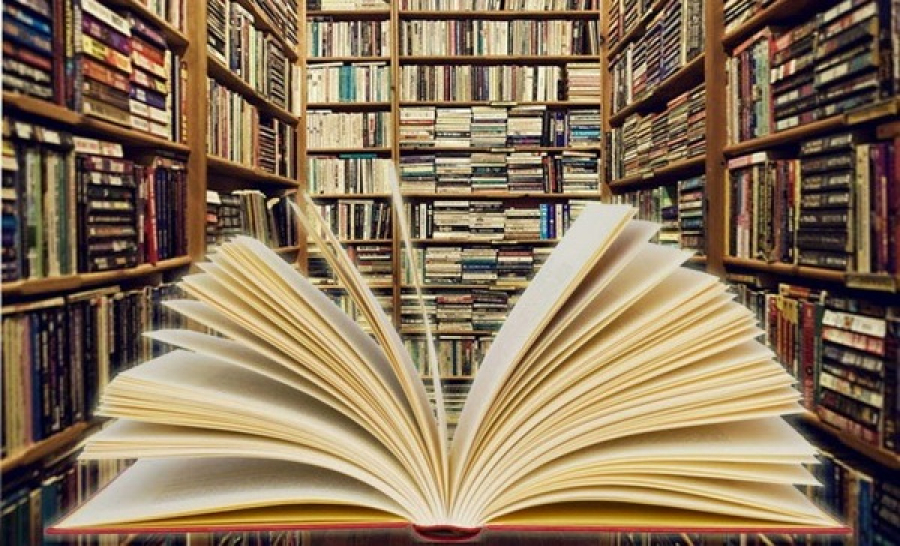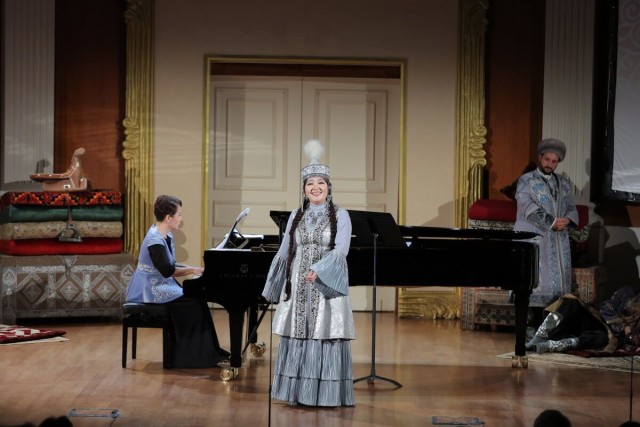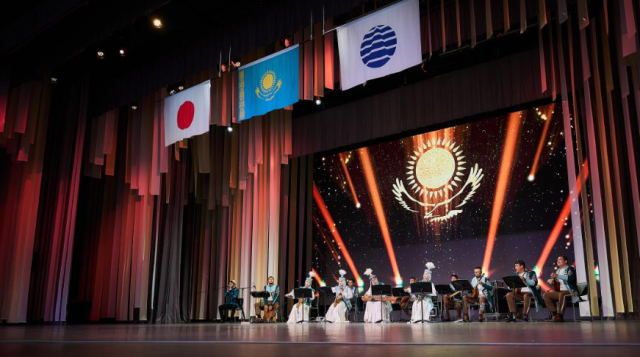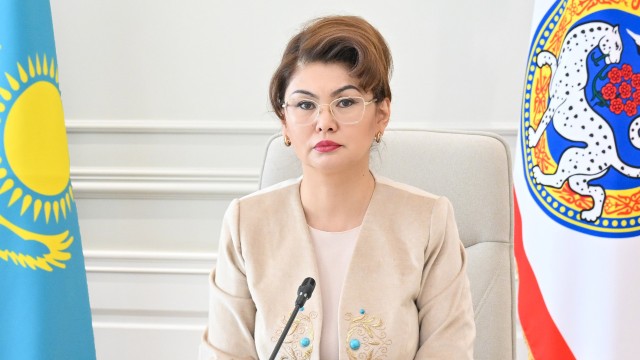
Over 200 rare antique books have been
digitized by specialists of the National Center for Manuscripts and Rare Books.
Today, the center’s collection holds around 2,000 items, including books in
Latin and Cyrillic scripts, as well as in Arabic, Persian, Old Turkic, and
other languages. Many of these works date back to the 15th and 16th centuries.
Among them are manuscripts by renowned scholars, sacred scriptures, and examples
of calligraphy from past centuries. AI technologies are set to be introduced in
the near future, with artificial intelligence expected to accelerate the
translation, processing, and analysis of materials. Experts from the center
shared the importance of preserving ancient folios with the capital’s school
students and explained the stages of restoration and conservation work. In
celebration of the National Book Day, guided tours and master classes were held
for the young visitors.
«We want schoolchildren to understand the true
value of ancient manuscripts, as there is a belief that everything about them
is already known and accessible. In reality, much remains undiscovered. We also
want young people to learn to take care of books, as there is a culture of
reading. Even storing books, especially ancient ones, requires special
conditions, such as maintaining a specific temperature. It’s important to
instill this entire culture of reading and respect for books in our youth,» noted
Zhandos Boldykov, Director of the National Center of Manuscripts and Rare
Books.
The center also conducts extensive research
work with foreign archives and libraries as part of international cooperation.
It has established collaboration with colleagues from Central Asian countries. Domestic
specialists travel there to exchange experience and, of course, to acquire
valuable and rare copies - so that these ancient manuscripts can be given a
second life in the hands of Kazakh restorers.
«The books are rare, so we use only natural
materials for their restoration. For example, we make the glue ourselves using
flour. For stitching, we use cotton threads. As for the coloring, we tint the
Japanese paper, which is originally white, to match the color of the book. This
is done with acrylic paints. I received training in Russia, in Moscow, then in
Armenia, and also studied in Iran and Buryatia,» said Baksha Ashirbekova, chief
expert of the National Center of Manuscripts and Rare Books.









